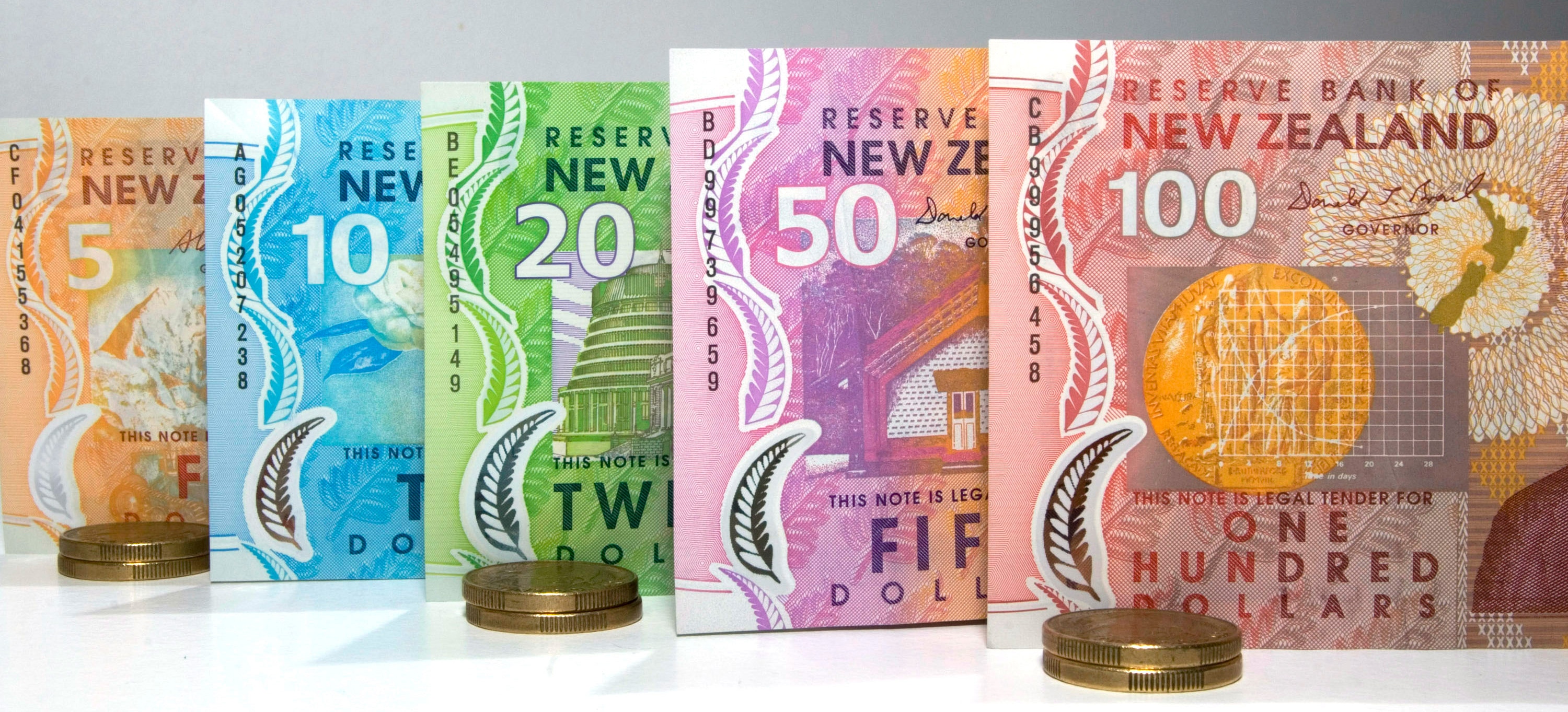The market continues to price further OCR cuts from the RBNZ during 2016, with some analysts predicting a cut at the next meeting in March. Inflation remains subdued and dairy prices have failed to trend higher, however employment data for Q4 2015 was impressive and has reduced some of the bearish sentiment on the NZD.
At the January 28 meeting, the RBNZ left the OCR on hold at 2.5% as expected. As with many central bank statements during the start of 2016, the subject alluded to global financial uncertainty and weaker growth. The bank expects the domestic economy to pick up during 2016 and repeated that further declines in the Exchange are appropriate. Housing in Auckland remains a financial stability risk due to rapid appreciation of asset prices. This is one factor limiting the bank's ability to continue reducing the OCR. However the reality of subdued inflation in New Zealand means further easing is almost inevitable.
Released February 3, employment for the fourth quarter beat expectations, with job growth moving up to 0.9% for the quarter, above estimates of 0.8% and, impressively, the unemployment rate dropping to 5.3% from the expected rise to 6.1%. This supplied the Kiwi with some much needed support and saw the pair rally nearly 250 pips during the subsequent two trading days.
Also on February 3, Wheeler remarked during a speech that there is no urgency for the bank to continue cutting the OCR. His tone was upbeat and helped the Kiwi move higher in the wake of the better employment release.
The GDT Price Index fell -7.4% at the last auction with Whole Milk Powder prices dropping -10.4%. The dairy industry is currently one of the main factors weighing on the Kiwi.
The December quarter consumers' price index increased 0.1% y/y, the lowest since 1999. Petrol prices made the largest downward contribution for the year. Excluding petrol, the CPI increased 0.5% y/y. The small movement for the year was also influenced by both lower vehicle re-licensing fees and international air fares.
Third quarter gross domestic product, released December 17, printed at 0.90%, up from 0.30% during the second quarter. This is a positive improvement for the NZ economy and coincides with a move higher in dairy prices. Annual growth was at 2.3%.
The NZD still has the highest interest rate of all major currencies, which means the Kiwi can remain supported on risk appetite due to its higher Yield , however given expectations that the RBNZ will cut further due to low inflation in 2016, the currency remains with a bearish bias.

















